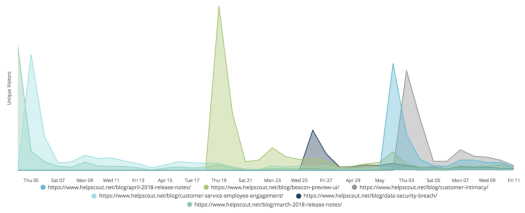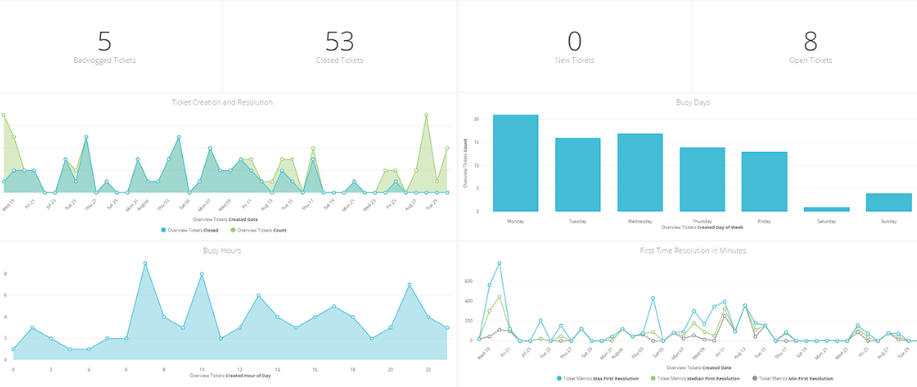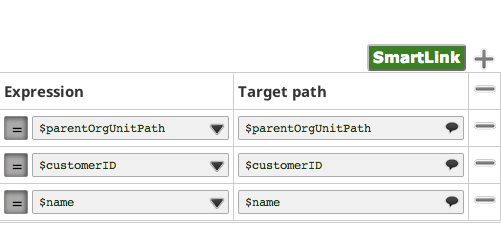ETL Tools: Comparing the Best Cloud-Based and Open Source Tools
Modern companies receive data from multiple sources, in many different formats, with the volume of data being unprecedented. Making sense of this data, finding patterns, and identifying actionable insights has become more complex, and this is where the Extract, Transform, and Load (ETL) process, and specifically ETL tools, can add tremendous value.
ETL is the process of extracting data from different sources, transforming this data so that is standardized and useable across the organization, and loading this data to a data warehouse where it
can be queried and used for various Business Intelligence (BI) purposes.
To Get in Depth knowledge on informatica you can enroll for a live demo on informatica online training
ETL tools are critical when it comes to the ETL process. While some companies prefer to manually code an ETL process from start to finish, this can result in tremendous inefficiencies and frustration, along with excessive use of resources including time and budgets. Advantages of this approach include having a fully customized solution, but often maintaining and scaling this mean that the drawbacks outweigh the benefits. Again, many companies do choose to build their own ETL process, generally using Python, and there will be more about this in future posts.
The benefits of ETL tools include:
- Scalability: of course hand-coding and managing the ETL process can be beneficial in the short-term, but as data sources, volumes, and other complexities increase, scaling and managing this becomes increasingly difficult. ETL tools, especially cloud-based ETL tools, remove this obstacle as they scale as your needs grow.
- All In One Place Simplicity: A combination of having some of the process onsite, other parts remote and some in the cloud, can become a nightmare to integrate. With cloud-based ETL tools, one tool can be used to manage the entire process, reducing extra layers of dependencies.
- Real-time: Building a real-time ETL process manually, especially while not disrupting business operations, is a challenge. With ETL tools handling this for you, having real-time data at your fingertips, from sources throughout the organization, becomes a lot easier.
- Maintenance: Instead of your development team constantly fixing bugs and errors, making use of ETL tools means that maintenance is handled automatically, as patches and updates propagate seamlessly and automatically. ETL testing tools can also be used to ensure data completeness, accuracy and integrity.
- Compliance: storing and using data is not the wild west that it used to be. With often complex legislation like GDPR and HIPAA in place, ETL tools can ensure that you’re on the right side of compliance.
We’ll do an ETL tools comparison to look at some of the best ETL tools out there to ensure your business is optimized.
Top ETL Tools
There are many options when choosing the best ETL tools for your requirements. In this post we’ll primarily look at cloud-based ETL tools and open source ETL tools.
Cloud-based ETL tools
Cloud-based ETL tools offer real-time, streaming data processing, scalability and integrations with a constantly growing number of data sources. These are some of the more popular ETL tools:
1. Fivetran Fivetran will quickly replicate all your business data to your data warehouse, without the need for maintenance, configuration, or data pipelines. Connect anything from Facebook ads to Zendesk, without having to write tons of code, and provides for ELT transformation. Learn more info informatica course online
Fivetran will quickly replicate all your business data to your data warehouse, without the need for maintenance, configuration, or data pipelines. Connect anything from Facebook ads to Zendesk, without having to write tons of code, and provides for ELT transformation. Learn more info informatica course online
Advantages: Quick and easy setup; lets you store all your data yourself, so you never lose access to information even if you stop using a source application; allows for up-to-date analytics; full historical sync when connecting a data source (so you can even query deleted data); excellent support
Disadvantages: Lack of detailed logging and progress reporting; monitoring only
Pricing: Pricing available on request
2. Blendo Blendo enables you to integrate your data in minutes, with no maintenance, no coding required, and no ETL scripts. It is built especially for more non-technical users, and allows you to collect data from any cloud service, load it into your data warehouse, and it optimizes your data according to your data warehouse. You can choose how often you want to pull data from your source, and monitor your usage.
Blendo enables you to integrate your data in minutes, with no maintenance, no coding required, and no ETL scripts. It is built especially for more non-technical users, and allows you to collect data from any cloud service, load it into your data warehouse, and it optimizes your data according to your data warehouse. You can choose how often you want to pull data from your source, and monitor your usage.
Advantages: Good customer support; popular for integrating data from Xero accounting software; quick setup
Disadvantages: Refreshes every 15 minutes; does not show progress of first-time import
Pricing: From $125 per month for the standard package to $1,000 per month for the advanced package
3. Stitch
Stitch describe themselves as a “cloud-first, developer-focused platform for rapidly moving data.” Stitch, which is built on open source Singer, supports the integration of data from a wide variety of sources, and their offering includes free historical data from your database and SaaS tools, selective replication, multiple user accounts and integrates with many data warehouses and analysis tools. Getting started is easy with self-serve and freemium options.
Advantages: Generous free tier; powerful performance;
Disadvantages: UI takes a while to get used to
Pricing: From $100 per month to $1,000 per month, also includes a free plan (including 5 million rows per month and selected free integrations)
4. Matillion
Matillion is purpose-built for Google BigQuery and Amazon Redshift, and allows you to integrate with a number of sources. It has many Amazon integration specifically, so if your organization is already using Amazon products, this could be a good addition, but does tie you down somewhat to a specific vendor.
Advantages: Large selection of pre-built connectors; good integration with Amazon
Disadvantages: May need extra coding; no on-premises installation option; complex billing; error handling not built-in
Pricing: Pricing on Matillion ETL is dependent on instance size, from “Medium” at $1.37 per hour, to “XLarge” at $5.48 per hour.
5. SnapLogic SnapLogic is a platform to integrate applications and data, allowing you to quickly connect apps and data sources. The company is also branching out into connecting and integrating data from IoT devices.
SnapLogic is a platform to integrate applications and data, allowing you to quickly connect apps and data sources. The company is also branching out into connecting and integrating data from IoT devices.
Advantages: Includes many built-in integrations, and easy tracking of feeds into a system. Get more skills from informatica training online
Disadvantages: Can take time to understand how the platform works; error handling not built-in
Pricing: Available on request
Open Source ETL Tools
Open source ETL tools can be a low-cost alternative to commercial ETL solutions. Open source ETL tools are tried and tested, and most are kept up-to-date by a community invested in their success. Most open source ETL tools will not work for organizations’ specific needs out of the box, but will require custom coding and integrations.
1. Apache Airflow
Apache Airflow (currently in “incubator” status, meaning that is is not yet endorsed by the Apache Software Foundation) is a workflow automation and scheduling system. It can be used to build a data pipeline to populate a data warehouse and (with some coding) can be used to develop reusable and parameterizable ETL processes. While it is used in the ETL process, Airflow is not an interactive ETL tool.
2. Apache Kafka
Apache Kafka is an open-source stream-processing software platform developed by the Apache Software Foundation. Kafka enables stream processing using the Kafka Streams API, whereby the stream processor receives one record at a time, processes it, and can produce one or more output records for downstream processors. The data is then loaded onto the target system. Kafka is based around four APIs: the Producer API, the Consumer API, the Streams API, and the Connector API.
3. Apache NiFi
Apache NiFi is designed to automate the flow of data between software systems. It features a web-based user interface and is highly configurable. It is known for its security options, data provenance and extensibility. While it can form part of an ETL solution, it is not in and of itself an interactive ETL tool.
I hope you reach a conclusion about Data Warehousing in Informatica. You can learn more about Informatica from online Informatica training

Comments
Post a Comment